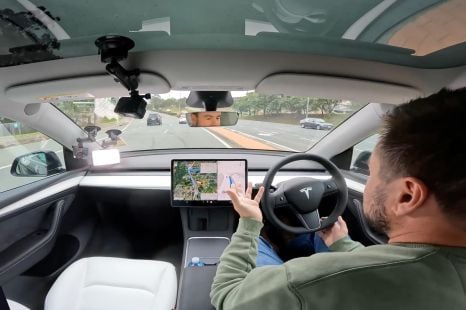

William Stopford
Tesla switches on FSD Supervised in Australia, announces subscription pricing
2 Hours Ago
While some brands are soaring this year, others are faltering. Here are the 10 brands with the largest percentage decline in sales in the first half of 2024.

News Editor
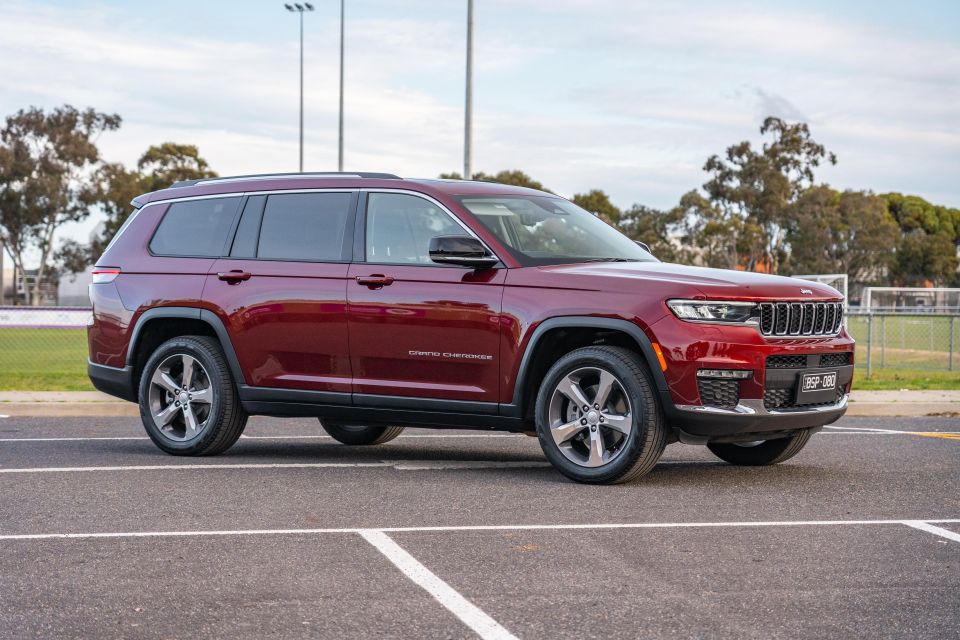

News Editor
While sales for some brands like Toyota, Ford and Nissan are up by over 30 per cent so far this year, others aren’t doing as well.
For some brands, 2024 is a transition year as new product rolls out or waits in the wings. For others, sluggish sales are the result of a lack of fresh product, while some have posted declines as their sales continue on a downward trajectory in Australia.
Below, we’ve detailed the 10 brands with the largest percentage decline in sales in the first half of 2024 compared with the first half of 2023.
There’s no getting around it: Jeep is having an absolutely rotten 2024.
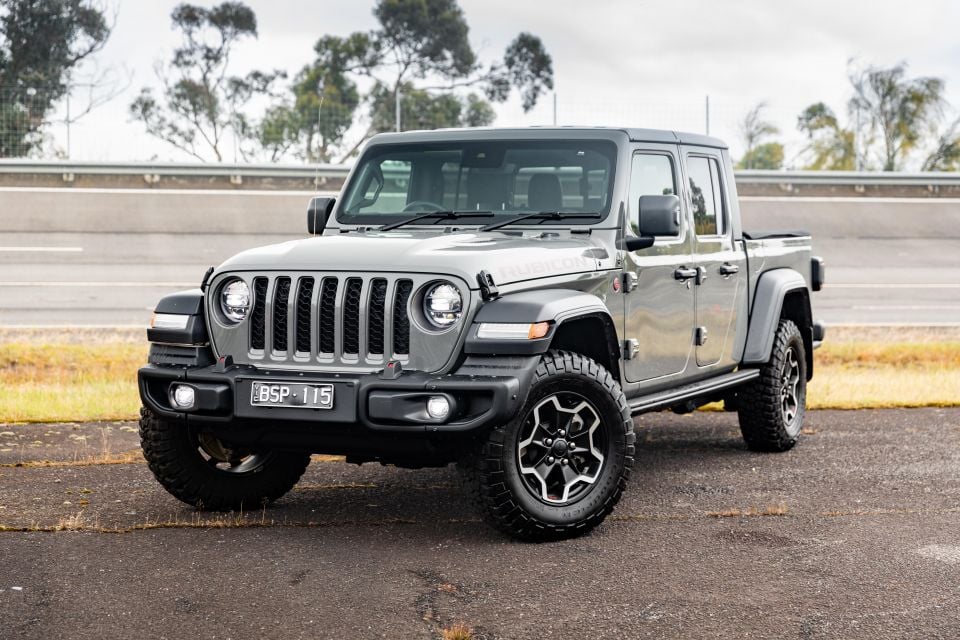
After notching more than 30,000 sales in 2014, Jeep sales have been on a downward spiral. In only one year since then, 2021, did Jeep sales increase year over year.
Looking at the sales charts this year, there are double-digit declines across the board.
Even in ute-mad Australia, Gladiator sales are sagging – in the first half of 2024, they’re down 63.8 per cent compared to the first half of 2023, to just 169 sales.

Compass sales are down 59.3 per cent to 351 examples sold, though this model has recently switched from Indian to Italian sourcing, while the Grand Cherokee is down 52.3 per cent (spurring major price cuts recently) to 349 sales and the Wrangler is down 30.2 per cent to 413 sales.
Not helping Jeep is its lack of an entrant into the mid-sized SUV segment, Australia’s largest by volume, following the axing of the Cherokee in 2022.
Also hindering Jeep are significant price increases over the past few years on models like the Wrangler, as well as the switch to a petrol- and plug-in hybrid-only lineup with the latest Grand Cherokee.
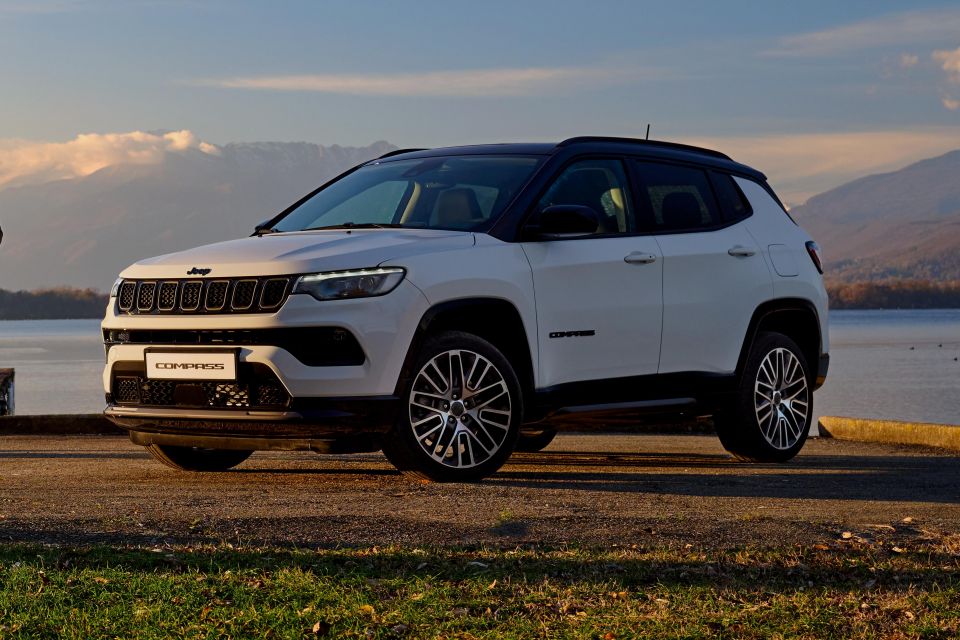
It’s unclear when Jeep will be able to turn things around. The Wrangler just received an update, which brought a reduced base price, but the latest generation of the iconic off-roader still starts at over $20,000 more than it did at launch in 2018.
The Compass has also just received an update but its base price has climbed, making it even less palatable to price-conscious buyers. It’s a far cry from the days of sub-$30k Compass and Patriot crossovers.
The Ram 1500 helped spur Ford, GM and Toyota to enter the full-sized pickup truck market in Australia with their own remanufactured right-hand drive models, and now it seems to be feeling the impacts of this increased competition.

Its sales are down 53.7 per cent year-to-date to 1710 sales, a much sharper drop than that experienced by the segment overall (down 11.4 per cent).
The 2500 is also down 29.6 per cent to 298 sales, while Ram sold the same number of 3500s (36) in the first half of 2024 as it did in the first half of 2023.
Ram’s local distributor Ateco has yet to confirm when the updated six-cylinder 1500 revealed in the US will make its way to Australia.
Maserati’s new Grecale is the most affordable model from the brand in some time, but its sales have already slumped. They’re down 28.2 per cent on the first half of 2023 to 168 sales.
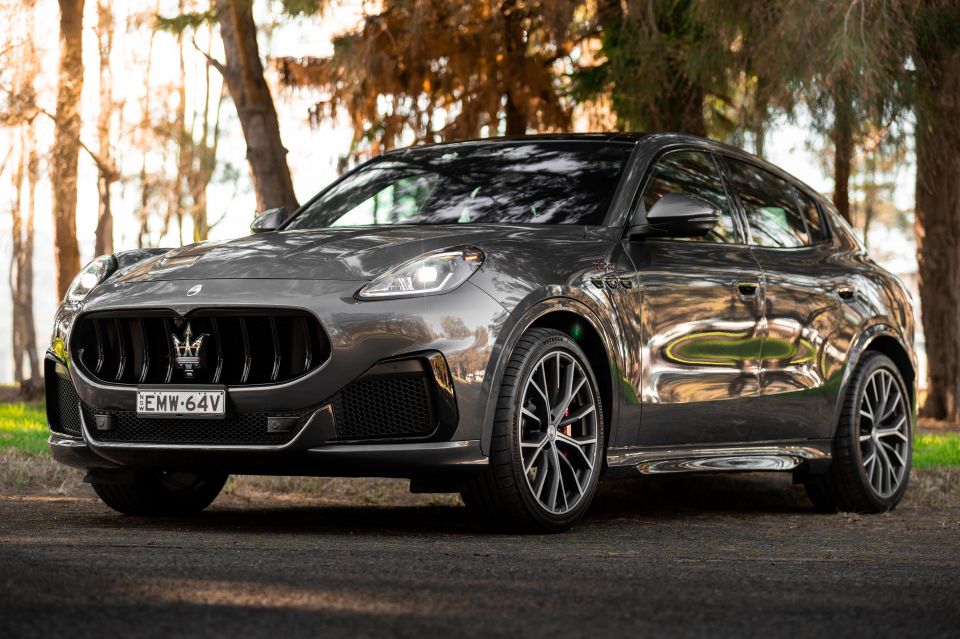
The moribund Ghibli (down 42.9 per cent to 8 sales) and Levante (down 67.2 per cent to 19 sales) haven’t been able to offset this and, while there’s a new GranTurismo and GranCabrio coming, these play in a much lower-volume segment.
With just 74 sales year-to-date, Citroen is being outsold by Aston Martin, Bentley, Ferrari and Lotus, though it’s doing better than McLaren and Rolls-Royce.
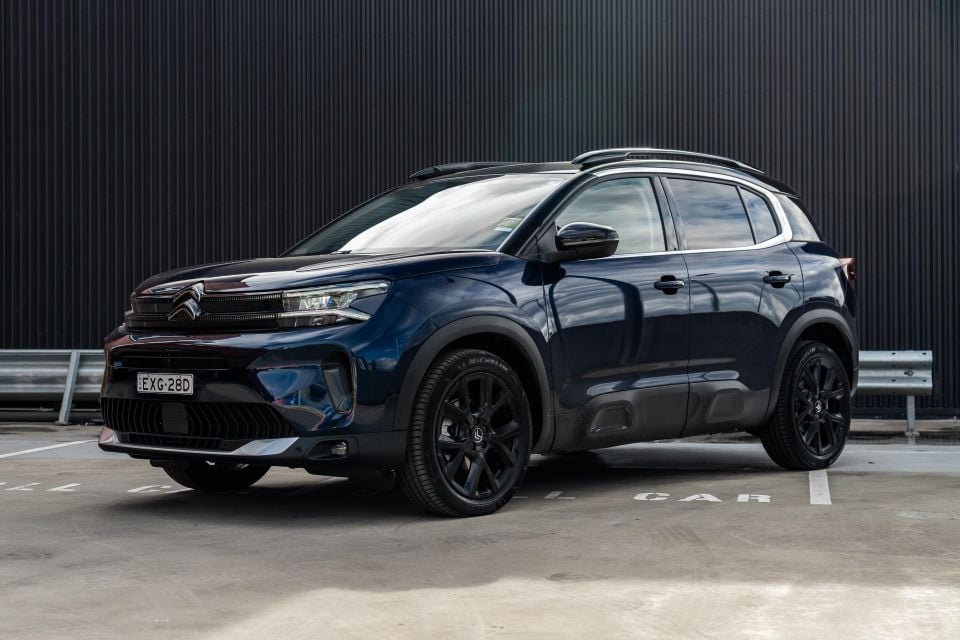
Being neck-and-neck in the sales race with exotic, high-end car brands would be fine if Citroen was one of them, but it’s not. Instead, it sells relatively affordable light, small and large passenger cars, plus a mid-sized SUV – Australia’s favourite type of vehicle.
All are down by double digits this year. The C3, a replacement for which has been launched overseas, is down 55.6 per cent to 12 sales.
The C5 X is down 29.7 per cent, but sits in a segment that’s all but dead. Surprisingly, it’s currently Citroen’s best seller, accounting for 26 of its sales year-to-date.
More disappointing are the figures for the C4, launched late in 2021, and the C5 Aircross, a facelifted version of which arrived here in 2023. These models are down 42.3 per cent and 19.2 per cent to 15 sales and 21 sales respectively, despite sitting in two of Australia’s most popular vehicle segments.
Renault’s sales results are a tale of two lineups.

On the commercial vehicle front, it’s doing better this year. A new Kangoo has finally arrived, at least in electric guise, while the Master is up 137.6 per cent to 993 sales and the Trafic by 20.8 per cent to 801 sales.
But when it comes to SUVs, Renault is struggling. The ageing Koleos is down 68.7 per cent to 601 sales, and a replacement still has yet to be confirmed for our market.
The Arkana is down 71.4 per cent to 201 sales, though a facelift is due in the second half of this year, while the Captur is down 80 per cent to 137 sales and launch timing for a facelifted model has yet to be locked in.
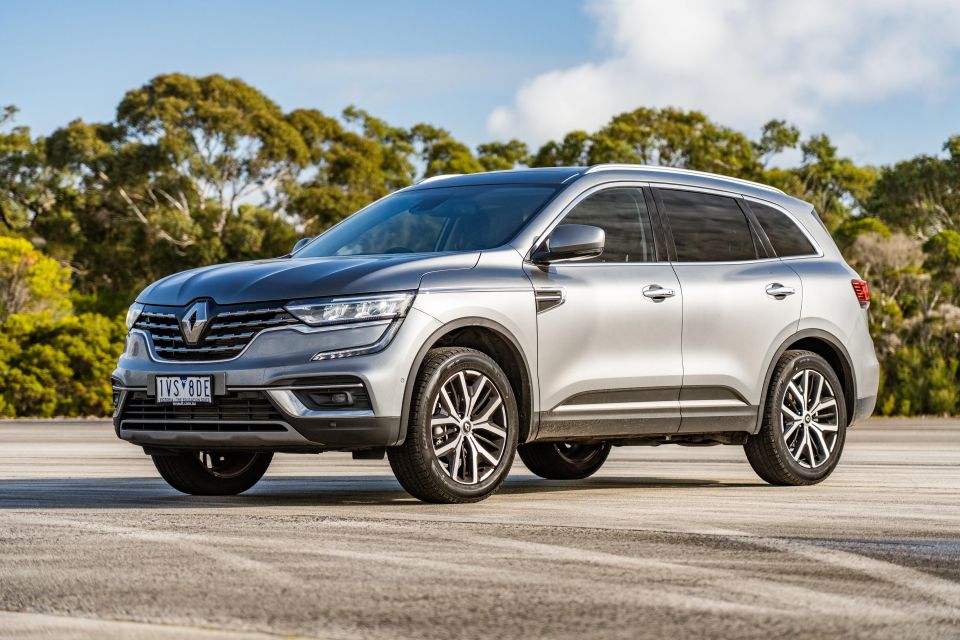
Renault has revealed a raft of fresh product in Europe over the past few years, predominantly SUVs, which includes the Scenic, Symbioz, Austral and Rafale.
None of these have been locked in for our market yet, leaving a rather small range of SUVs in a market hungry for this type of vehicle.
The Volkswagen Group’s newest brand arrived here in 2022, but it’s running the risk of having a worse sales year this year it had in 2023.
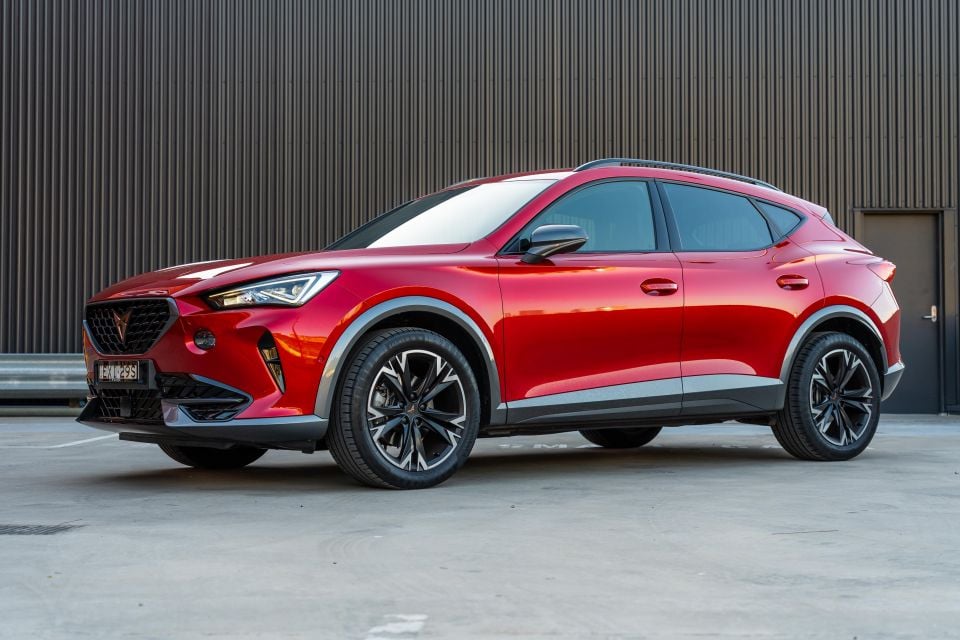
Cupra sales are down 27.5 per cent year-to-date, with only the electric Born posting an increase (up 48.9 per cent to 259 sales).
The Ateca is down 49.4 per cent to 121 sales, the Formentor down 36.1 per cent to 606 sales, and the Leon down 26.8 per cent to 164 sales.
Things look brighter for the fledgling brand in 2025, when it plans to launch a bunch of new product.
This includes the new mid-sized Terramar and Tavascan SUVs, plus a facelifted Leon and Formentor.
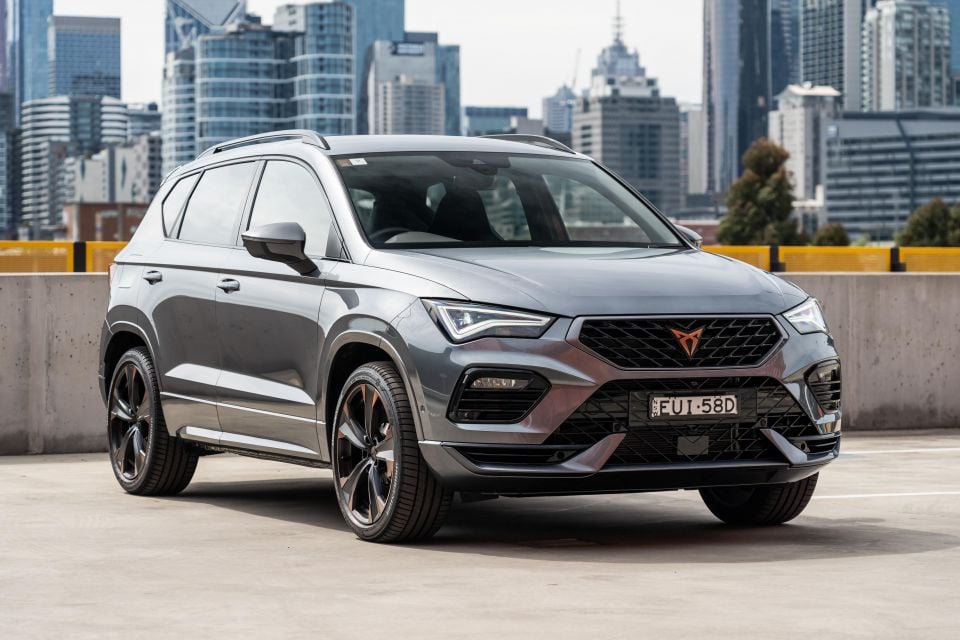
Before the new year, however, it has just one launch planned: an entry-level version of the Ateca.
“This is a consolidation year for both [Cupra and Skoda], with a focus on key elements that will put both brands in great shape for 2025,” said a spokesperson for Volkswagen Group Australia.
The spokesperson noted Cupra is also still expanding its retail network.
It’s arguably no surprise to see Mini sales down so much, as the brand is completely overhauling its lineup.
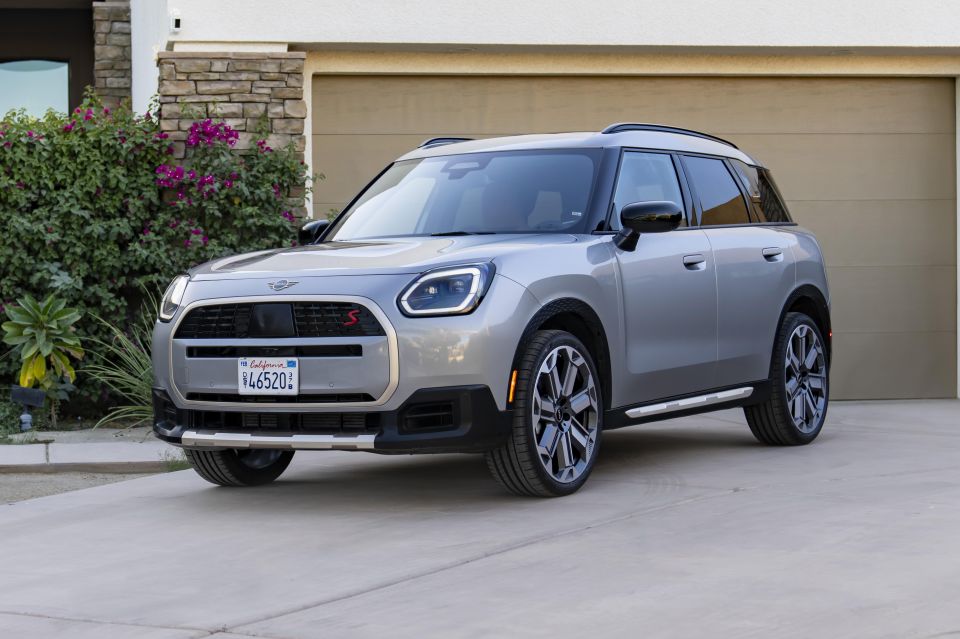
Mini has already started rolling out its new Countryman range, and is launching the new Aceman crossover and new generations of its three- and five-door hatchback models this year.
In the meantime, only two models have posted a sales increase: the Cabriolet (up 30.9 per cent to 182 sales), of which a new generation has yet to be revealed; and the Clubman (up 60.2 per cent to 173 sales), which has been discontinued.
The Countryman range is down 50.9 per cent to 445 sales on account of the changeover between generations, while the combined hatchback range is down 21.0 per cent to 776 sales.
Every Skoda model has posted a sales decline so far this year, with the smallest for the Kodiaq (705 sales, down 8.1 per cent) and the largest for the Karoq (474 sales, down 40.9 per cent).
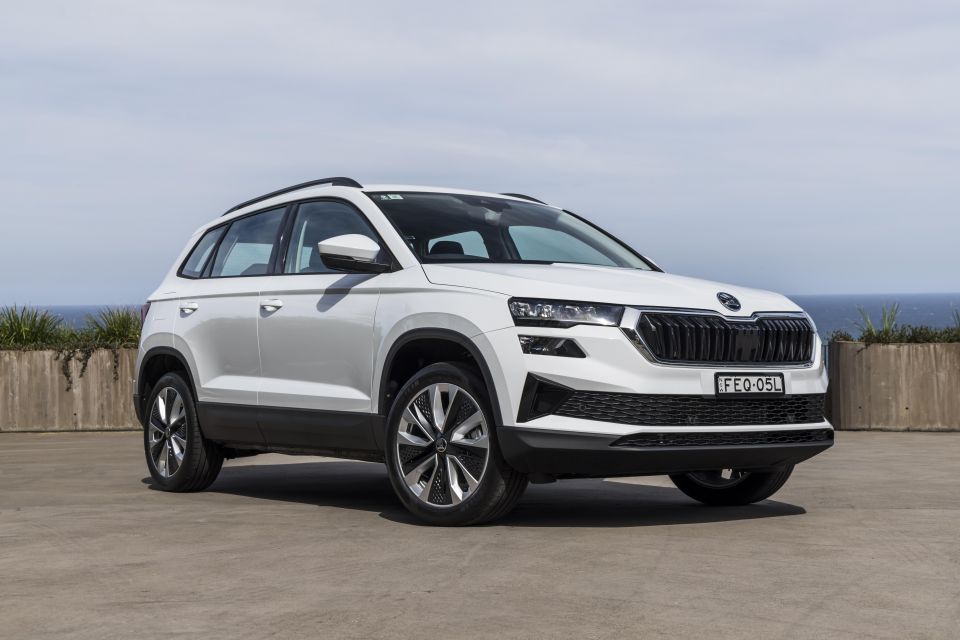
Skoda Australia has called this year a “consolidation year” for the brand, ahead of “new value-led product” coming.
Updated versions of the Kamiq, Scala and Octavia are due this year, as is the brand’s first electric vehicle (EV) in Australia, the Enyaq. A new generation of the Kodiaq could also squeeze in before new year’s.
Volvo’s new EX30 electric crossover has already rocketed up the sales charts, with its 1001 sales year-to-date already pushing it past a swag of other small premium SUVs.
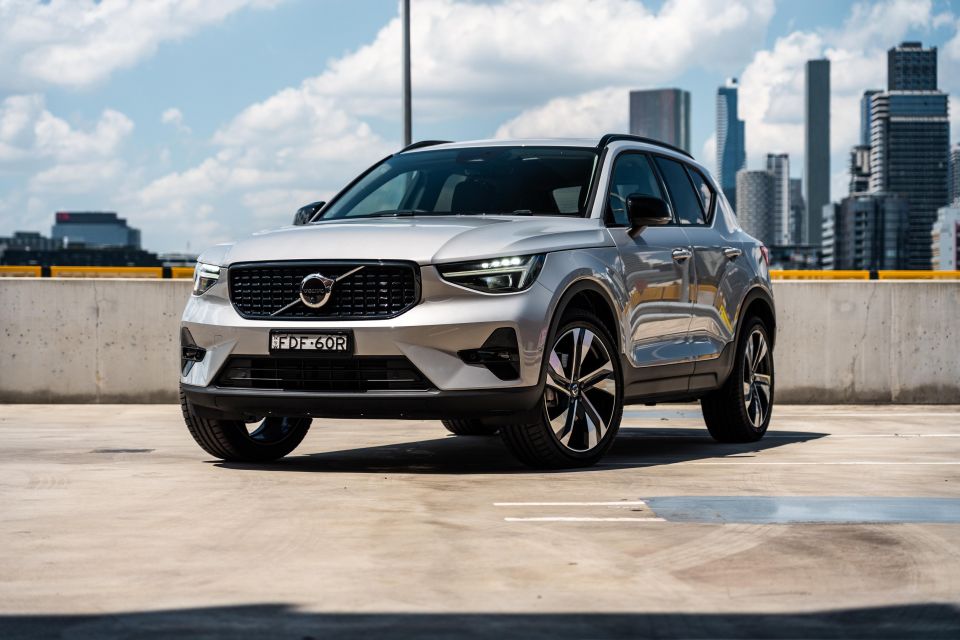
It’s a bright spot for the brand, which is otherwise down. Sure, the S60 is up 21.4 per cent year-to-date, but it’s a niche product with just 85 examples sold.
More concerning for Volvo are sales figures for the popular XC40 (1696 sales, down 46.9 per cent), C40 (291 sales, down 57.5 per cent), XC60 (1144 sales, down 24.5 per cent) and XC90 (442 sales, down 39.9 per cent).
A Volvo Car Australia spokesperson said the recently launched EX30 has been receiving a greater focus, and this has had an impact on other vehicle lines here as it has in other global markets.
Volvo Car Australia has also been letting stock rundown of the C40 and XC40 with the changeover to a new model year, and CarExpert understands there could be a renewed focus on these models with the MY25 range due later this year.
Sales are down across most of the LDV range apart from some of its people movers.

The Deliver 9 Bus, for example, is up 139.6 per cent to 266 sales, while the MIFA is up 90.2 per cent – though at 253 sales, it’s still some way off from challenging the Kia Carnival (4572 sales).
Sales of the ageing G10 are down 18.1 per cent to 1602 sales, while the ancient V80 is down 41.8 per cent to 199 sales. The brand’s only SUV in Australia, the D90, is also down 19.2 per cent to 1382 sales.
There are some promising new arrivals for LDV, however.
The T60 Max Plus recently launched, packing more safety technology and a more high-tech interior.
An updated version of the D90 is due in the second half of 2024, as is a diesel version of the recently launched Deliver 7 van.
A new electric ute is also expected in Australia in 2025.
William Stopford is an automotive journalist with a passion for mainstream cars, automotive history and overseas auto markets.


William Stopford
2 Hours Ago
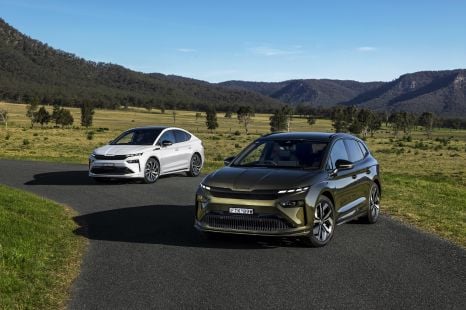

Max Davies
9 Hours Ago


Max Davies
9 Hours Ago


Ben Zachariah
11 Hours Ago


William Stopford
11 Hours Ago


James Wong
14 Hours Ago